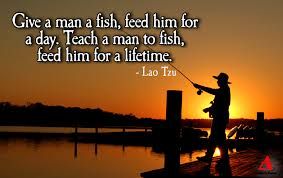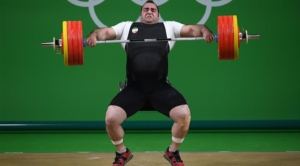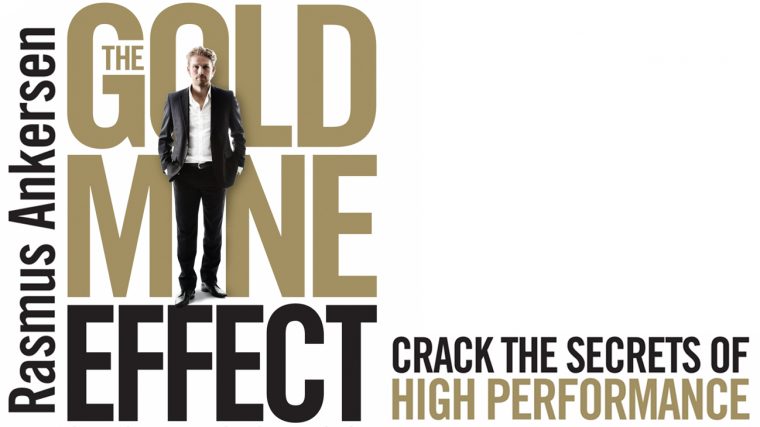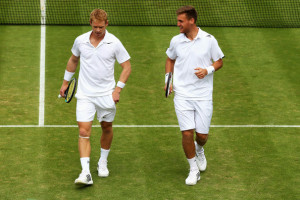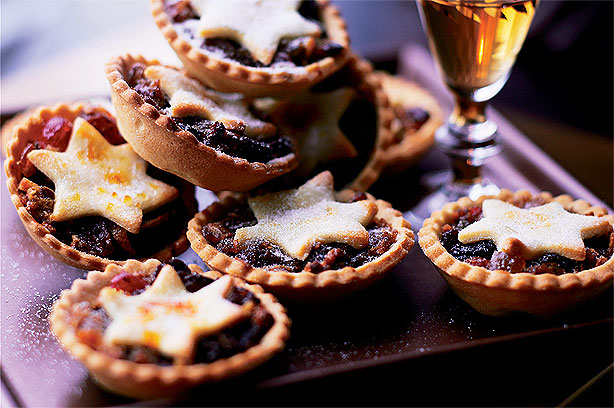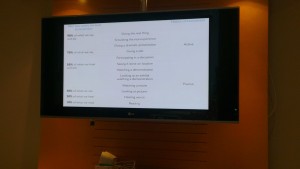Are you a good teacher?
As you may have read in previous posts I am really interested in how I can make my coaching as effective as possible so that I can help my athletes improve as fast as possible.
I recently had the privilege to sit on an advisory panel at a University that was considering the addition of a new Strength & Conditioning (S&C) undergraduate degree to their programme. It was a rare opportunity to give feedback on the content of a degree programme before the modules had been finalised.
For me some of the areas that I suggested the next breed of S&C coaches needed to be learning about in an S&C degree were:
- Pedagogy
- Sports Biomechanics
- Entrepreneurship
Today I would like to finish my series of Blogs on Teaching methods by talking about Pedagogy.
Pedagogy- the study of being a teacher
The term generally refers to strategies of instruction, or a style of instruction. It can also refer to a teaching method.
I have wrote previously about some of the principles of teaching. You can read the blogs HERE , HERE and HERE.
At the heart of the matter is the principle that learners will acquire new skills faster when they are engaged in their learning. The task that you set needs to be challenging in some way, otherwise they won’t be engaged. On the sports field you need to promote competition, or decision making, or both. In a classroom environment you need to promote interaction and discussion.
Fishy Proverbs
In the gym we can be focusing on maximal speed, force or accuracy and it’s important to be clear on which one you are focusing on. The key point is that you do need to be focused and engaged.
Performing skills even in the weights room needs to be mindful
I personally have to challenge myself to not make myself integral to the learning process by wanting to control and guide it so that the task is always broken down into skills that the learner can ‘easily’ grasp. I find myself wanting to break the Olympic lifts down to the simplest skill, for example. Sometimes you need to allow the learner to discover the solution for themselves by setting them an outcome without giving the solution. Before you start teaching evaluate their performance and see how close they can get to the real thing before you break it down. Don’t give them all the answers, let them learn for themselves.
I know that as long as the athlete has a front squat and a good Romanian Deadlift I can be pretty confident that they will get close to the full Hang clean without me needing to say too much, or wanting to go back to a jump shrug straight away. I actually get much more engagement when I give them a greater challenge (the full skill with a bit more weight- as long as it is safe) than if I give them a broomstick and a simple skill!
So what more is there to know about teaching?
Well having listened to Nick Winkleman present on this, clearly quite a lot.
Please find below an extract from my previous blog on his presentation, you can read the full review of the UKSCA Conference HERE.
Nick Winkelman
Director of Education (EXOS performance)
Overview:
The Art of Coaching Meets the Science of Motor Learning
- Value of ‘Constraint based’ model of training – manipulate BODY, TASK and ENVIRONMENT to optimise development over time
- This was a whistle-stop tour of coaching science, stopping off at Dynamic Systems Theory (environment), constraint based learning (instruction) and internal and external cuing (feedback).
Let’s deal with these variables one at a time:
ENVIRONMENT- Dynamic Systems Theory
Dynamical systems theorists recognise that within the infinite number of motor patterns possible the brain cannot remember each individual one. To make the motor programming less complex the body ‘encourages the development of functionally preferred coordination or “attractor” states to support goal-directed actions.’ (Glazier et al., 2003).
Within each attractor region (the “neighbourhood” of an attractor) system dynamics are highly ordered and stable, leading to consistent movement patterns for specific tasks. Variation between multiple attractor regions, however, permits flexible and adaptive motor system behaviour, encouraging free exploration of performance contexts by each individual. The paradoxical relationship between stability and variability explains why skilled athletes are capable of both persistence and change in motor output during sport performance. Indeed, variability in movement behaviour permits performers to explore task and environmental constraints in order to acquire stable motor solutions over time and enhance motor learning.
What does that mean for coaching?

I think of a great learning experience as being like a game of pinball. You are constantly trying to work to get the ball in the hole (the attractor state) but the variation that comes from moving in and out of the hole is what creates adaptability.
Set the ‘Challenge’ and the outcome you want. Then sit back and let the body self organise. This is known as Discovery Learning. We are not saying don’t coach. Clearly the athlete may search endlessly for a proper movement solution (and never get the ball in the hole). Athletes may learn poor movements and adopt bad habits. Instead, the coach or trainer can guide the athlete by providing purposeful intent, ideas about where to focus attention, and clues to key perceptual cues. If it was easy to play pinball people would get bored soon.
INSTRUCTION (TASK)- Constraint based Approach
I have wrote about this in great detail in a previous post. You can read the full blog HERE. Discovery learning is about learners solving for themselves how and what movements to make given the SITUATIONAL CONSTRAINTS imposed upon them. We will discover below that the constraints are key aspects of the task we can control to influence the performance of the task. This becomes especially important when we are dealing with more advanced learners whose skilled are more developed.
I always say, your job is not to make them look good!
Beginners will bring their own inherent variability to the party because they are learning to coordinate their body. Advanced athletes will bring less variability and so will need to be challenged further by imposing situational constraints on the Task. These can include changes in position of the body, change in equipment used and also the need to make decisions. The best test is whether the athlete can execute the skill under the constraint of an actual sports performance (open skill environment).
Remember: errors must become unstable for efficiency to emerge
Introduce uncertainty in skills- it leads to learning
Introduce variability in skills- it gives the body system a chance to experience the pattern you want it to discover
FEEDBACK (BODY)- Internal and External Cuing

